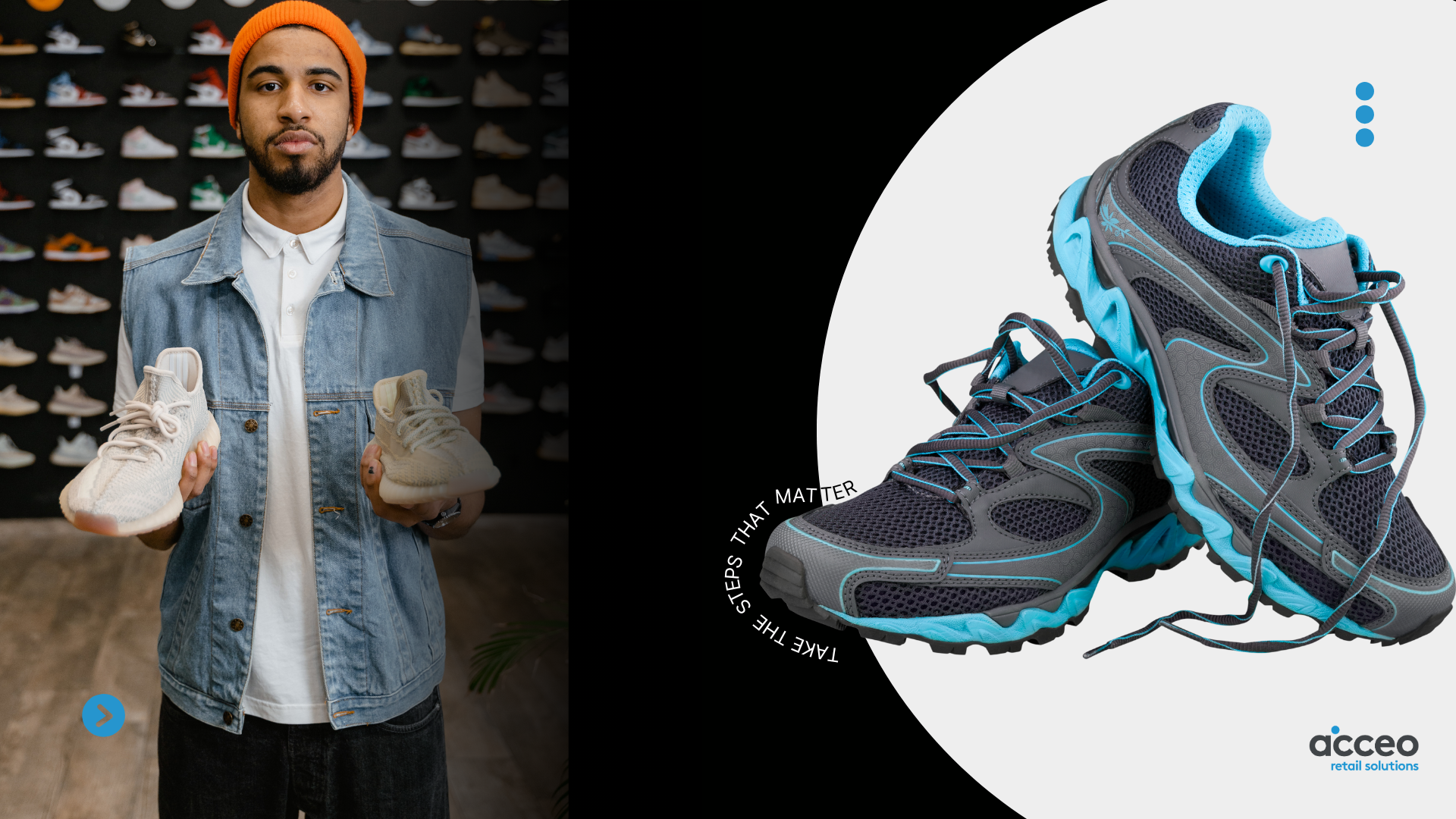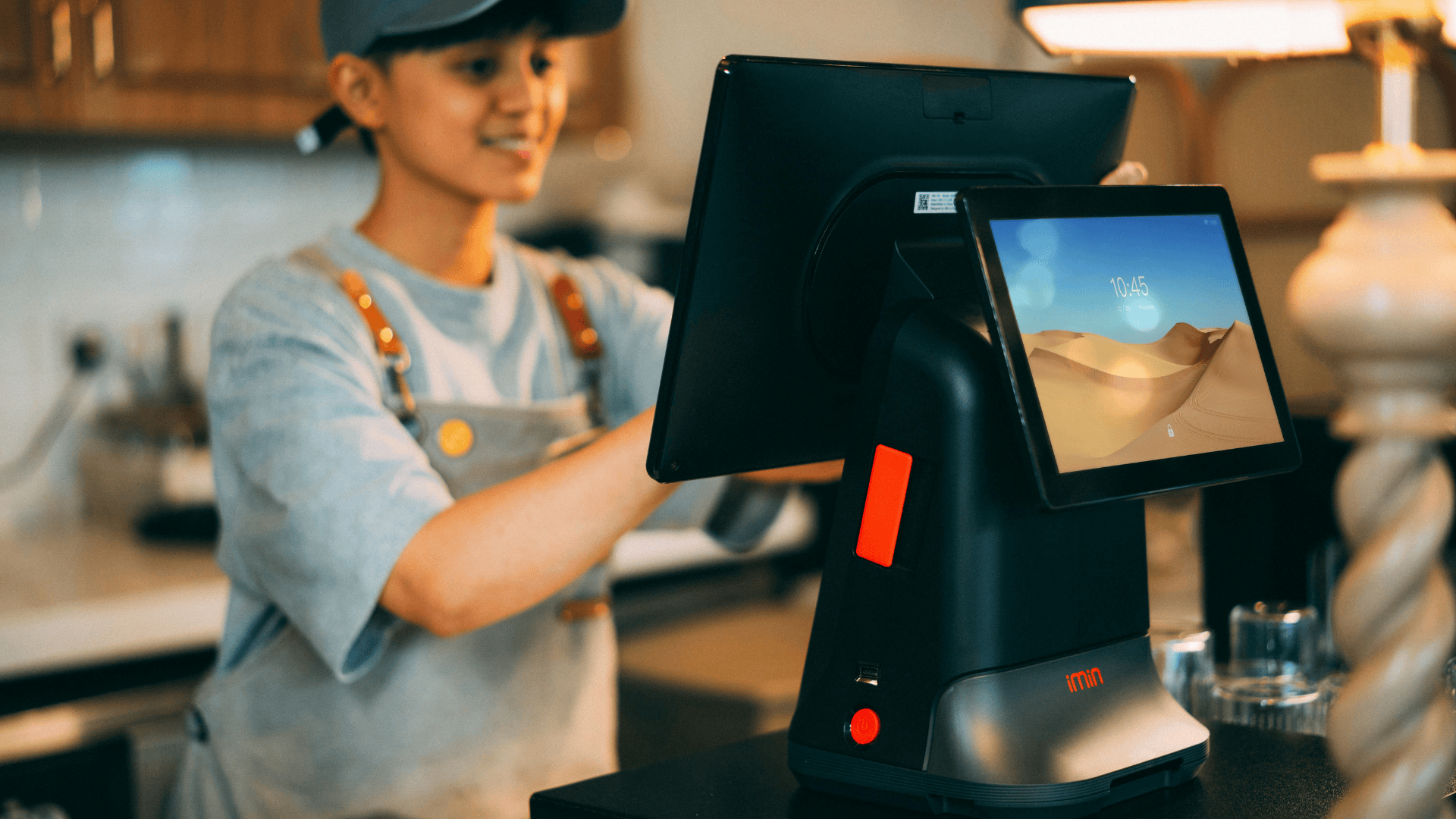Survival of the Fittest: How Retail Chains Get Better Insights for Better Decisions

“It was the best of times; it was the worst of times” is not just one of the most famous opening lines in English literature, it is also a fitting description of the predicament most retailers find themselves in.
The big wave of retail bankruptcies may be over, but intense pressure from the sprawling and powerful Amazon as well as VC-funded new entrants and new business models is giving retailers little respite. Add to that the demands of want-it-all customers and it becomes clear that retailers have little or no margin for error.
Retail success today is all about making educated decisions faster. That’s where business intelligence (BI) and analytics come in. BI, quite simply, is the ability to provide the right information to the right people at the right time. Although BI is not a new concept, you could argue that too few retailers are leveraging it, but that is about to change.
First, BI is becoming more widely adopted because the volume of big data is continuing to rise and both the affordability of cloud-based data warehouses and the democratization of more sophisticated tools are making it easier and faster to analyze structured and unstructured data, which opens the door to better insights. And second, with improved data visualization and mobile access, all these insights become more actionable.
Specifically, there are at least three areas where retailers can benefit from BI: improving business agility as they respond (vs. react) to threats and opportunities, driving operational efficiency and providing an exceptional customer experience.
Meanwhile the gap between slow adopters and retail giants that are turning vast amounts of data into actionable insights is only getting wider. To find out how you can catch up, download our whitepaper The Importance of BI in an Ever-Changing Retail Landscape.
Related posts
Discover what makes us different.
Book your personalized demo today and find out why leading retailers are finding success with Retail-1.
Call us at 1 888-353-5888 or fill out the form to schedule a demo with our experts.
5 Reasons to Let BI Help You Drive Performance

We are living in the age of data. And that’s a good thing for retailers, who need accurate information to make critical decisions every day about service, trends, inventory, and more. The bad thing is that there’s a lot of data out there. And turning a high volume of information, often from different sources, into timely actionable knowledge becomes a daunting task. That’s where Business Intelligence (BI) comes into play. BI can take a wealth of data, analyze it, and report on it at a speed and level of accuracy that more traditional calculation methods simply cannot match—sorry spreadsheets. Leveraging BI is how retail leaders of any size can make successful fact-based business decisions that help drive their performances, and here’s how.
1. More insight into your business
As a retail leader, you already understand that the quicker know how your business is performing, the better positioned you are to respond accordingly. And yet, if your decisions are relying on IT or finance generated reports, turnaround can take anywhere from a couple of days to a week. By then, fast-moving retail factors and conditions have already changed and the data is obsolete. BI systems offer increased user independence with mobile quick navigation to timely KPIs, reporting tools, and dashboards in preset standard or custom numerical or graphical displays. The real-time data accessibility, accuracy and mobility that you gain, can inform all the immediate decisions that are necessary to keep on pace with the fast-evolving retail world.
2. Uncover trends in the market
Using multiple platforms to track and correlate diverse factors such as buying behaviour, customer requirements, price points for products, and changing trends, consumes both time and resources. And the resulting reports often fail to provide actionable conclusions. BI has powerful reporting capabilities that can analyze diversified data sets within concurrent market dynamics. By simply drilling through these detailed interactive reports retailers can uncover new and actionable insights. This new data can be a gateway to undiscovered trends and untapped opportunities. It can also help recognize emerging issues before they become major problems. Retailers who are the first to anticipate and respond to trends in customer demands, needs and wants, have the competitive advantage of being perfectly positioned to offer the best customer experience.
3. At-a-glance view at every level
It is just as important to enable every level of decision maker in your retail operation to have an accurate snapshot of the business. After all, how can supervisors and managers respond to the ever-demanding daily challenges of retail operations if they don’t have access to real-time data? With BI tools, management personnel get quick interactive overviews of such metrics as conversion patterns, sales performance and average ticket, without having to wait for reports to be generated or checking multiple information sources. Additionally, management users must have the ability to view and share information on store operations, suppliers, merchandise, and data ranging from real-time inventory, to customer purchase history.
4. Aligning strategic goals
Now let’s shift our focus beyond the practical BI data, tools, and resources that can facilitate and accelerate daily retail operations. By leveraging BI, retailers have the power to overlay their analytic data results with their long-term business strategy. BI’s predictive capabilities can help retailers create a business model or fine-tune strategic goals to align with emerging trends and market variations. The comprehensive high-level insights gained from BI can be an invaluable asset in creating a lasting competitive differentiation for your retail business.
5. Keep your business in the lead
Surprisingly, over 87% of organizations worldwide have low BI and analytics maturity1. This means that most businesses are missing out on deep learning opportunities that could put them ahead of the competition. In the retail business, integrating and leveraging BI can take your operations and customer management relationship to whole new level. You might be able to foresee what your customers want, even before they know it.
Related posts
Discover what makes us different.
Book your personalized demo today and find out why leading retailers are finding success with Retail-1.
Call us at 1 888-353-5888 or fill out the form to schedule a demo with our experts.
Four Key Guidelines for Smarter Inventory Control

Inventory control at its essence sounds easy enough—always have enough stock on hand to satisfy customer demand. And yet, retailers’ success (or failure) can depend on how well they can manage the balance between losing sales due to stock outs and tying up cash with too much inventory. Here are some key guidelines for inventory control that can help you stay on track and even avoid a few mistakes along the way.
1 – Maintain accurate records
When it comes to your inventory control, losing count means losing customers! Customers come into your store expecting to find what they need. If your business doesn’t fulfill that expectation, your customers will promptly find a more reliable retailer. However you decide to track your inventory, any product movement must immediately be recorded to inventory tracking system. Whether manual, spreadsheet or software, focus on which system will produce the most timely and accurate reporting for your business. Manual systems rely heavily on human-based procedures whose accuracy and effectiveness are contingent upon diverse factors going from bad math to a lack of motivation.
Inventory software combines different automated processes to collect data. A process such as scanning, instead keying in data, both reduces sources of manual errors and the time and effort involved in data collection. Finding the right combination of solutions and leveraging best practices such as cycle counts, can vastly improve your inventory control efficiency and accuracy.
2 – Be proactive with replenishment
Replenishment describes the process where new inventory is new to replace inventory which is used or sold. Where no replenishment plan is perfect, the best plan times for new supply to arrive just in time to avoid a stock out. To help manage the balance between low inventory and high availability, there are a number of inventory control tools and systems available. Using tools to plan and optimize replenishment, inventory control systems enable you to make proactive decisions and better project variations when managing inventory. Today’s market offers affordable inventory control systems that can help reduce inventory costs, while mitigating the risk of shortages.
3 – Focus on improvement over time
There are certain inescapable variability factors in inventory control that can throw off even the best projections. And while they cannot be eliminated completely, they can definitely be reduced. Understanding that lower inventory can result in shortages, what are the right levels of safety stock to offset variables like swings in demand? A robust inventory management approach that allows you reduce variability can even improve fill rate as inventory level decrease. With a multi-layered approach that targets improvements such as cutting lead time, and inventory and forecast accuracy, you can reduce variability over time. Modern integrated systems like ERP can help manage the various processes involved in this type of approach.
4 – Reduce lead times and lot sizes
Lead times cause a domino effect that impacts the entire inventory process. Longer lead times increase variability in replenishment forecasting, which requires more safety stock (to avoid stock out risks over a longer period of time), which produce larger lot sizes (to ensure availability between long delivery spans). It follows that, with shorter lead time, replenishment lot sizes can be smaller. With less lead time required, smaller quantities can be ordered more frequently, and there is inventory carried over extended periods of time.
In turn, the lowest cost replenishment order quantity for lot sizes can be determined through EOQ (economic order quantity), which can also provide cost reductions along your supply chain management processes.
Click to download our white paper: Four Strategies for Smarter Inventory Control.
Related posts
Discover what makes us different.
Book your personalized demo today and find out why leading retailers are finding success with Retail-1.
Call us at 1 888-353-5888 or fill out the form to schedule a demo with our experts.
The Relation Between Data and the Customer Experience

In an era where customers have increasingly more power in the sales process, delivering a superior and differentiated customer experience (CX) has become a business imperative. And although retailers are collecting more data than ever before, most of them are still struggling to leverage customer intelligence in a meaningful way.
Discover the six key elements retailers must consider:
Customer Experience is the New Competitive Advantage
For a long time, the most successful retailers were the ones that mastered the 4 Ps. They offered a better product, a better price, a better place and, especially, better promotion. The massive adoption of new technologies has changed all that.
Now, we live in an order-online-and-pick-up-anywhere world where having the best commercial real estate does not matter as much as it used too, price comparison is just a click away, and product differentiation is becoming more and more difficult.
As a result, CX is now the last competitive advantage left standing.
The Great Paradox
Naturally, to deliver an exceptional experience, retailers need to answer the fundamental question: What do our customers want?
For years, retailers have relied on surveys and focus groups to solicit feedback from their customers. But they realized that what customers say they want and how they actually behave are often two very different things.
Fortunately, major improvements in data collection and customer analytics are enabling retailers to adopt a more scientific approach to determine what makes customers tick.
Using Data to Redesign the Customer Journey
The customer experience is commonly defined as “the sum of all interactions that consumers have with a retailer’s products, services and brand across touchpoints.” This means that in order to deliver a remarkable customer experience, retailers’ first need to better understand their customers’ complete end-to-end journey and not just individual touchpoints.
Overcoming Bottlenecks
In a perfect world, retailers would be able to translate their vast amount of data into actionable insights and empower their employees to consistently deliver a better CX.
Unfortunately, it is estimated that three quarters of companies are not able to act on most of the data they collect due to disjointed systems and data integration issues.
As a result, these companies struggle to obtain “a single view of the customer from a single integrated source of truth,” which in turn prevents them from understanding—and much less predicting or anticipating—customers’ needs.
Building a Strong Technology Foundation
Retailers may be able to find patches and workarounds to their data and systems integration issues, but maintaining disparate systems will only lead to higher long-term integration costs. And if the bulk of the IT budget is being spent on integration issues, there won’t be much left to offer customers a seamless CX.
There comes a point where retailers need to ask themselves: Do we want to just fix today’s problems? Or do we also want to plan for the future?
Prepare for Artificial Intelligence and Machine Learning
Regardless of the technologies retailers decide to invest in, they should keep their goals in mind. CX can only become a competitive advantage if it is relatively unique. The ultimate CX is therefore highly customized.
Download our whitepaper that explores the relationship between data and customer experience, and more specifically, the challenges retailers need to overcome to build a strong foundation for the future.
Download your copy
ACCEO Retail-1 experts took the stage and presented on the topic “The Relation Between Data and the Customer Experience” at NRF 2019 Retail’s Big Show. They discussed the primary challenges that retailers need to tackle to ensure that they target the right customer data and use the right technology to deliver a remarkable and profitable customer experience now and in the future.
Related posts
Discover what makes us different.
Book your personalized demo today and find out why leading retailers are finding success with Retail-1.
Call us at 1 888-353-5888 or fill out the form to schedule a demo with our experts.














